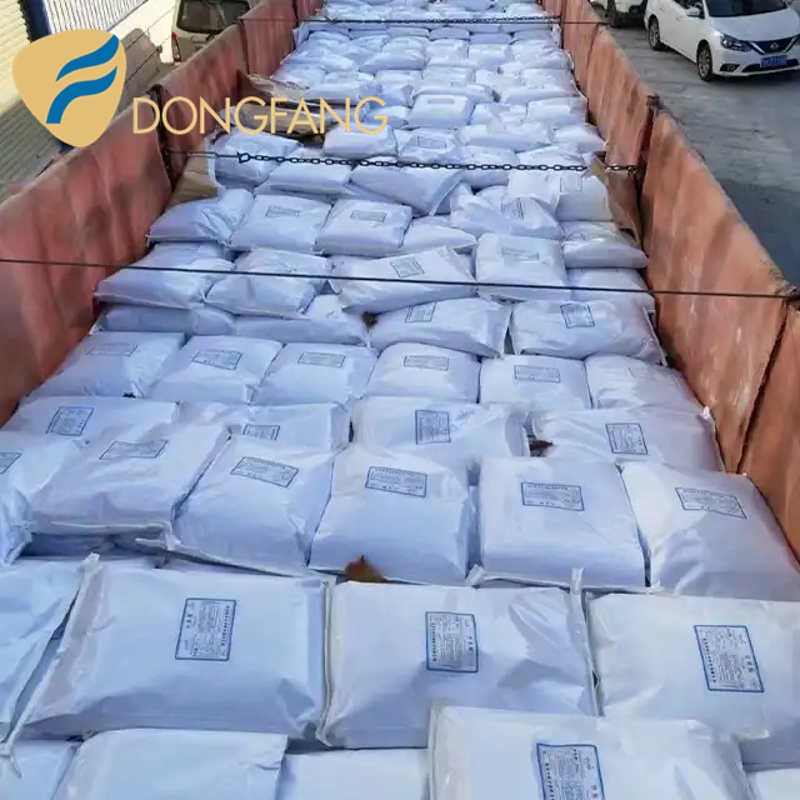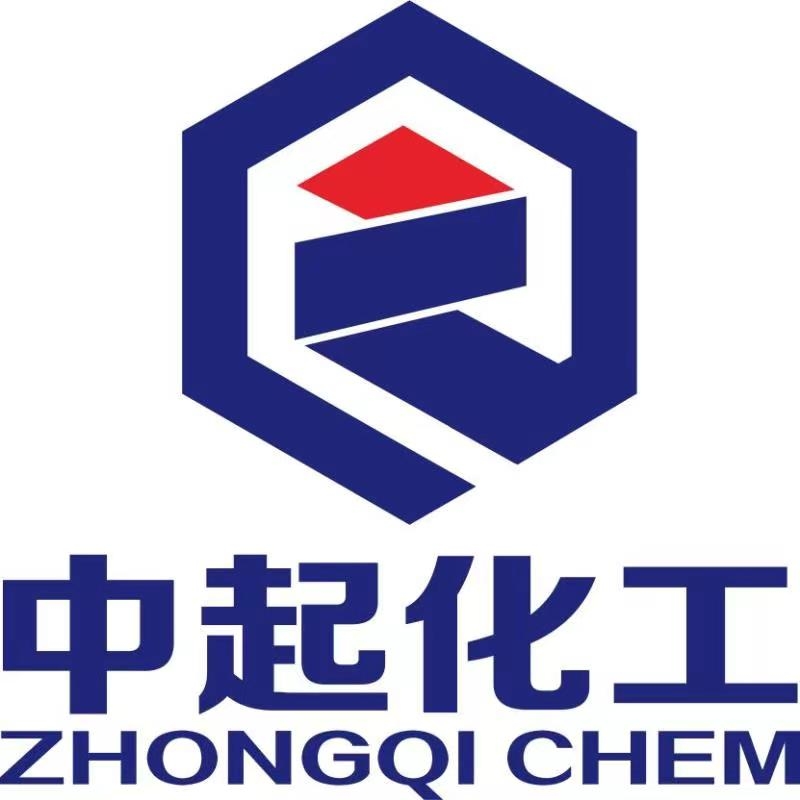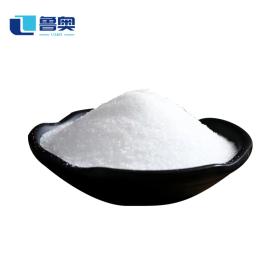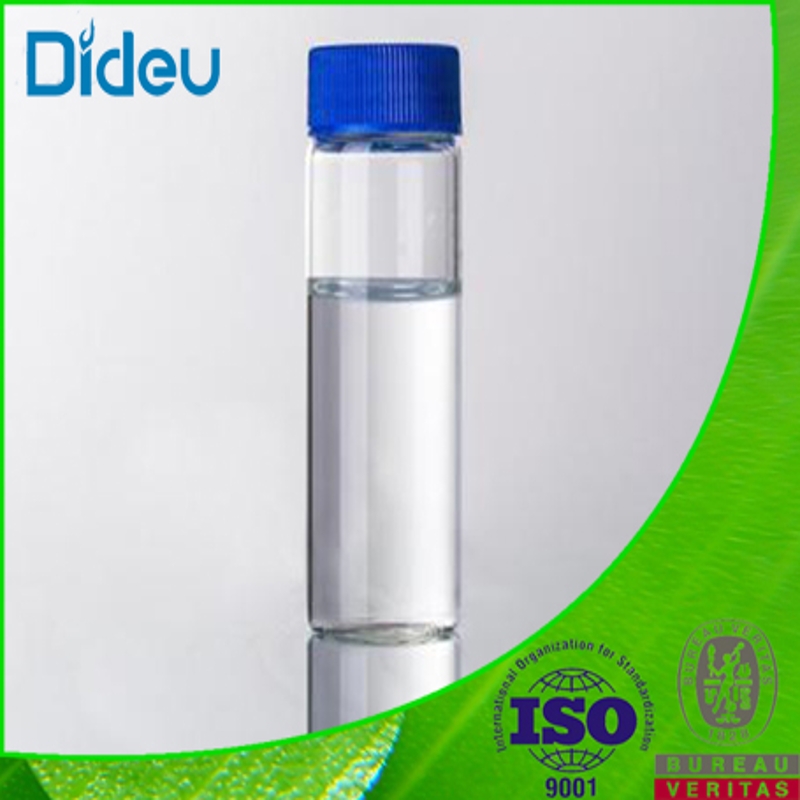Cosmetic Ingredient
- • Abrasive (124)
- • Absorbent (84)
- • Anticaking (66)
- • Anticorrosive (25)
- • Antifoaming (19)
- • Antimicrobials (290)
- • Antioxidant Ingredient (393)
- • Antiperspirant (20)
- • Antiplaque (48)
- • Anti-seborrheic (38)
- • Anti-sebum (39)
- • Antistatic (458)
- • Astringent (162)
- • Binding Agent (172)
- • Bleaching Agent (53)
- • Buffering (191)
- • Bulking (109)
- • Chelating (122)
- • Cleansing (679)
- • Cosmetic Colorant (212)
- • Cosmetic Preservative (158)
- • Denaturant (45)
- • Deodorant (98)
- • Depilatory (27)
- • Dissolving Agent (298)
- • Emollient (795)
- • Emulsifying Agent (480)
- • Emulsion Stabilising (154)
- • Exfoliating (19)
- • Film Forming (299)
- • Flavouring (72)
- • Foam Boosting (161)
- • Foaming (101)
- • Fragrance Ingredient (726)
- • Gel Forming (19)
- • Hair Conditioning (670)
- • Hair Dyeing (363)
- • Hair Fixing (36)
- • Hair Waving or Straightening (45)
- • Humectant (282)
- • Hydrotrope (92)
- • Keratolytic (20)
- • Light Stabilizer (80)
- • Moisturising Agent (50)
- • Nail Conditioning (42)
- • Occlusive (20)
- • Opacifying (119)
- • Oral Care (123)
- • Oxidising (19)
- • Perfuming (2105)
- • Plasticiser (98)
- • Propellant (19)
- • Reducing (50)
- • Refatting (12)
- • Refreshing (26)
- • Skin Cleansing (388)
- • Skin Conditioning (1751)
- • Skin Humectant (21)
- • Skin Protecting (282)
- • Smoothing (31)
- • Soothing (71)
- • Tonics (155)
- • UV Filter (34)
- • Viscosity Controlling (532)
Chemicals as Skincare Ingredients
Related News
-
Global Soybean Prices Drop as Tariff Fears Hit Markets Hard
2025-04-07 -
Novartis Launches Bold Attack Eyes 100 Billion Dollar Autoimmune Market
2025-04-09 -
Quaker Houghton Acquires Dipsol Chemicals, Strengthening Advanced Solutions Portfolio
2025-03-27 -
Saudi Aramco CEO: Invest in downstream projects in China's energy, chemical and other fields
2025-03-28 -
Mitsubishi Chemical to Phase Out Production by 2027 in Major Restructuring
2025-04-03 -
New IPDI Project Approved as Market Prices Surge
2025-04-03
Sort Viscosity Controlling Alphabetically
Viscosity Controlling
-
- / 98%
-
Pharmacy Grade / 99%
-
![1,3:2,4-Dibenzylidene sorbitol buy 1,3:2,4-Dibenzylidene sorbitol]()
Industrial Grade / 99.00%
-
![1,3:2,4-Dibenzylidene sorbitol buy 1,3:2,4-Dibenzylidene sorbitol]()
Request for quotation , get quotes from more suppliers.
Karaya gum
(9000-36-6)-
Chemical Grade / 95%
-
-
![KARAYA GUM buy KARAYA GUM]()
-
![KARAYA GUM buy KARAYA GUM]()
Industrial Grade / 99%
Request for quotation , get quotes from more suppliers.
Alcohols, lanolin
(8027-33-6)-
- / 99.00%
-
- / 0.00%
-
Industrial Grade / 99%
$3300-3500/MT FOB
-
![Lanolin Alcohol buy Lanolin Alcohol]()
Industrial Grade / 98%
Request for quotation , get quotes from more suppliers.
Isostearyl alcohol
(27458-93-1)-
Cosmetics Grade / 95%
-
$1-1.2/KG FOB
-
Reagent Grade / 99%
$12-15/KG FOB
-
- / 99.00%
Request for quotation , get quotes from more suppliers.
Ethoxylated glycerol
(31694-55-0)-
- / 99.00%
-
industrial Grade / 98%
-
Industrial Grade / 99%
-
Industrial Grade / 99%
Request for quotation , get quotes from more suppliers.
HEDTA
(150-39-0)-
-
pharmaceutical grade / 99.9%
-
industrial Grade / 98%
-
Industrial Grade / 99%
Request for quotation , get quotes from more suppliers.
1-Tetradecene
(1120-36-1)-
- / 99.00%
-
- / 99%
-
![1-TETRADECENE buy 1-TETRADECENE]()
Industrial Grade / 99.0%
-
![1-Tetradecene buy 1-Tetradecene]()
Request for quotation , get quotes from more suppliers.
N,N-Bis(3-aminopropyl)dodecylamine
(2372-82-9)-
Industrial Grade / 99%
-
Industrial Grade / 98%
-
- / 99.00%
-
Reagent Grade / 99%
$20-24/KG FOB
Request for quotation , get quotes from more suppliers.
Maleic anhydride-methyl vinyl ether copolymer
(9011-16-9)-
Industrial Grade / 99%
-
- / 0.00%
-
- / 99.00%
-
Request for quotation , get quotes from more suppliers.
-
![POLYMETHACRYLATE CAS NO 25087-26-7 buy POLYMETHACRYLATE CAS NO 25087-26-7]()
Industrial Grade, Feed Grade, Food Grade, Pharma Grade / 99%
$11.11/KG EXW
-
![POLYMETHACRYLATE buy POLYMETHACRYLATE]()
Industrial Grade / 99%
-
![poly(methacrylic acid) macromolecule buy poly(methacrylic acid) macromolecule]()
-
![POLYMETHACRYLATE buy POLYMETHACRYLATE]()
Food Grade / 99%
$10/KG EXW
Request for quotation , get quotes from more suppliers.
Source Viscosity Controlling Raw Materials by Region
More Information
Viscosity refers to a product's thickness and its resistance to deformation when force is applied, influencing how it flows and feels upon application.
In cosmetics, maintaining optimal viscosity is essential for product stability. For instance, if an emulsion is too thin, there's a risk of phase separation between oil and water components, leading to an unstable formulation that requires constant agitation or becomes ineffective over time. Similarly, in products containing suspended particles like color cosmetics or mineral sunscreens, inadequate viscosity can cause the particles to settle, resulting in formulation instability.
Main factors in viscosity controlling:
•Selection of rheology modifiers
•Concentration of thickeners or thinners
•Temperature effects
•Shear rate and shear stress
•pH of the formulation








































